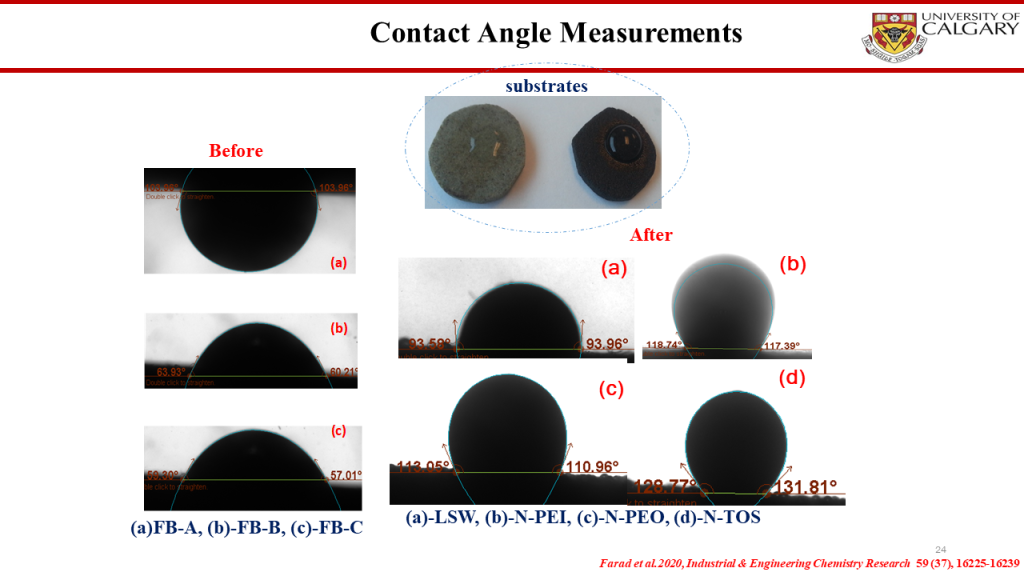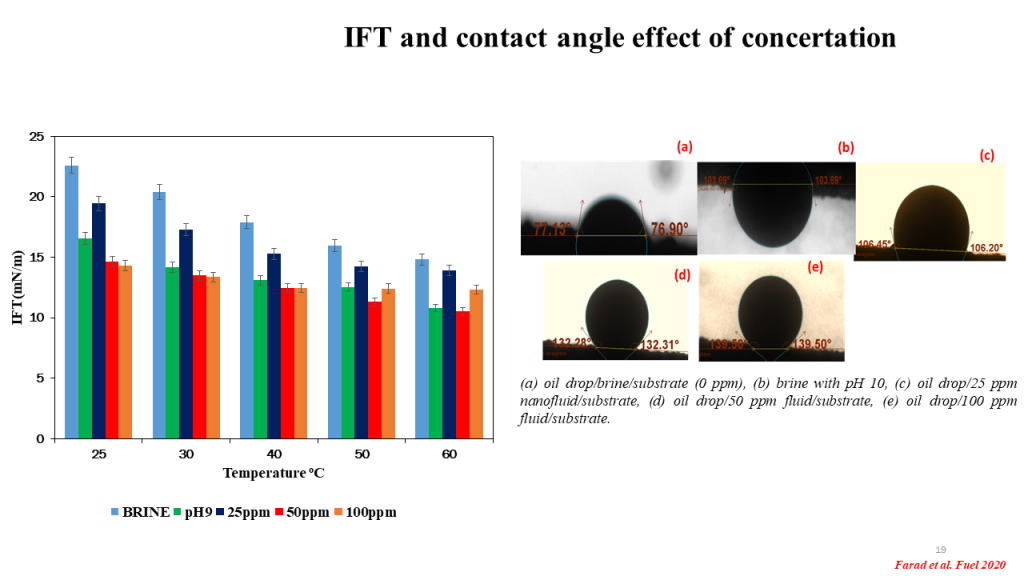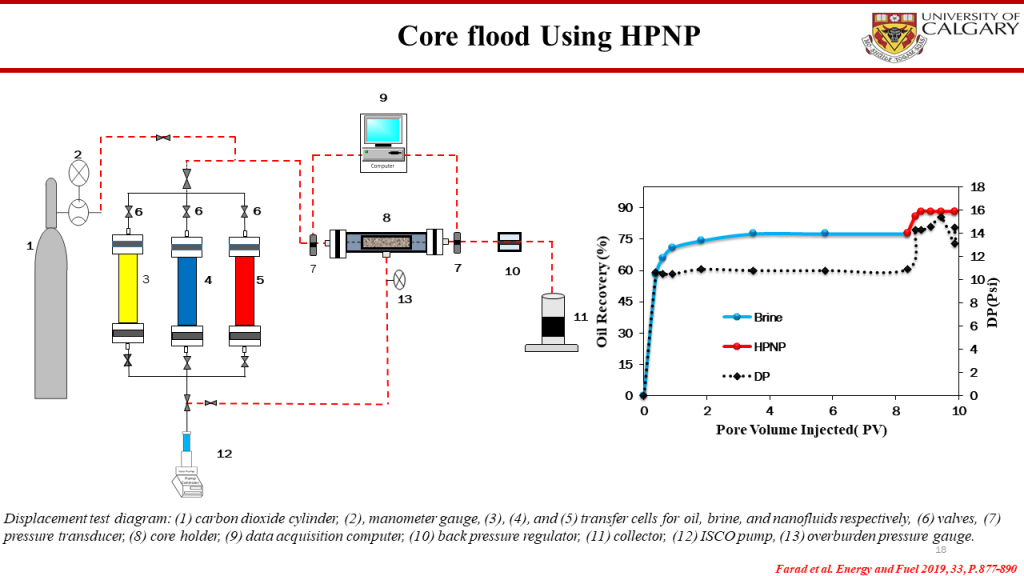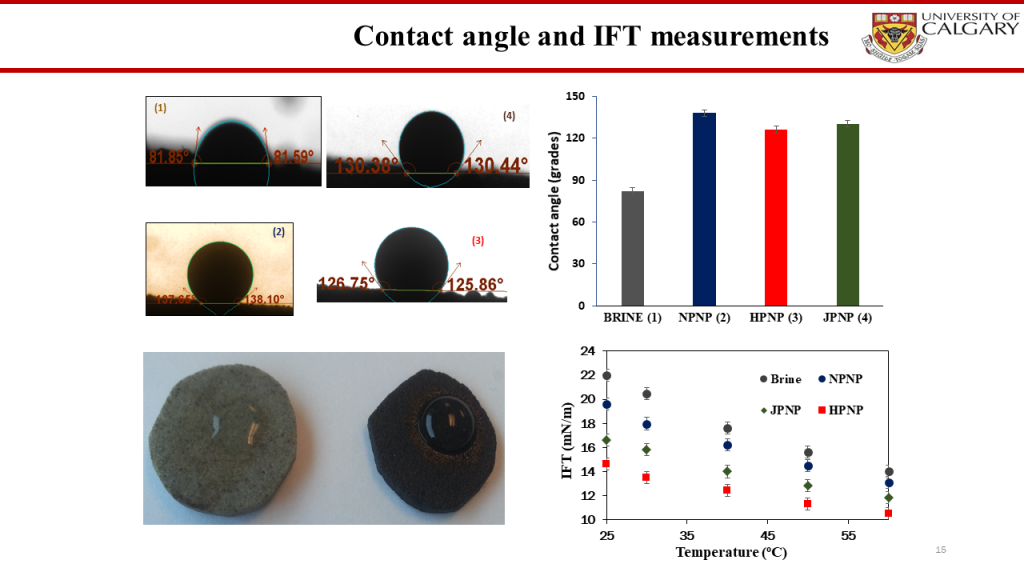Contact Angle Measurements
Contact angle measurements are widely used to characterize the wettability of a liquid droplet on a solid surface. The contact angle is the angle formed between the tangent to the liquid droplet at the three-phase contact line (where the liquid, solid, and vapor phases meet) and the solid surface. To perform contact angle measurements, the …









